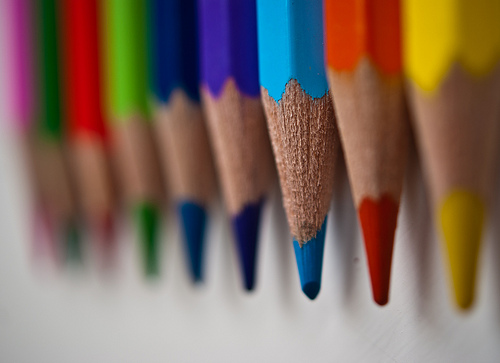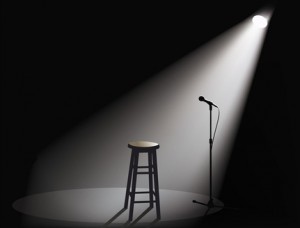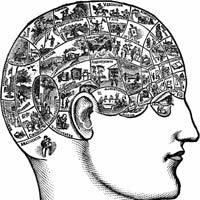 This blog post was inspired by the talk that professor Raphael Diluzio gave at a TEDxDirigo conference last year.
This blog post was inspired by the talk that professor Raphael Diluzio gave at a TEDxDirigo conference last year.
A Remarkable story of brain injury
Raphael Diluzio’s personal story is compelling on his own. He describes himself as a creative artist, entrepreneur and professor. His life took a wrong turn when, as he puts it, an 18-wheel truck carrying a full payload decided to “park” in the back of his Honda Fit. The accident resulted in a massive brain injury that caused amnesia and a loss of his ability to draw and speak. Undergoing two years of speech therapy to speak again gave him the time and motivation to reflect on creativity and the nature of creative process.
Diluzio came up with what he called the 7 stages of creativity based on his research and own experience as a recovering artist.
7 Stages Of Creativity
(1) State the question or the problem to solve. The idea is to carefully establish in your mind what requires your creativity. So, clearly frame the question/problem at the onset of the process. Note that it doesn’t have to be a grand problem like cold fusion. Things like what to give my spouse for her birthday, the next stage of a project at work, or what to write for your next blog post will do just fine.
(2) Research it. Humans are curious by creature; a baby will start exploring his world by sticking anything coming nearby in his mouth. This innate tendency to research a problem is even very satisfying to some of us. The gathering of data about a specific topic through reading books, exploring the Internet, and sharing your newly-found knowledge with others is the perfect way to saturate your mind with the elements related to the problem.
(3) But “Enough is enough!”. In other words, don’t get stuck in the research phase. This is what Diluzio calls the basta stage. Some might get lost in the satisfying nature of research phase, but at some point it’s time to stop inputting information and start reflecting.
(4) Gestation—You need to detach yourself from the problem and instead give it some space. It’s the stage of detachment. Let it stew. Keep the new information in the back of your mind while holding the problem gently in your mind. Look at the problem in a different way, with a different perspective: how would I solve the problem if I were a lobster or POTUS? Visualize the problem as something else. Apply divergent thinking. The use of metaphors or “psychological distance techniques“, as reported in this blog, can be particularly helpful. Don’t be afraid to think crazy ideas and more importantly don’t filter yourself. Diluzio suggests to operate with the fearlessness of imagination of an artist. Mesh the world of empiricism and intuition/imagination.
(5) Then if everything goes well, you should have a “eureka moment” that can comes as little flashes or major light-bulb illumination. What is very important at this stage is to write down ideas that comes with those eureka moments. So don’t waste those ideas: dictate them, draw them, capture them in Evernote (my personal favorite), write them down in your paper ideas journal, etc…
(6) Once you have the idea(s), you must “bring it into being“. A lot of people are afraid of failure and don’t give the idea a chance to become something concrete. We must operate without fear. DiLuzio says that he prefers “eloquent failures to boring success”. If you can concretize the idea yourself, get people around to help or describe it in minute details so others can realize it later. It’s important to bring the ideas out and share them otherwise the world or your company doesn’t move forward. Be the driver of innovation.
(7) Finally comes the stage of testing and criticizing by sharing those new ideas with the world. Invite criticism and feed it back into the creative process to refine the idea or branch out into better ideas.
7 vs. 4 or 5 stages of the creativity?
The motivated reader of this post should feel free to compare-and-contrast these 7 stages with others, such as Graham Wallas’s The Art of Thought (written in 1926, with 4 stages) James Webb Young’s A Technique for Producing Ideas (written in 1939, with 5 stages)
Recognize, engage with and use the 7 stages to become more creative
Recognizing and engaging in those 7 stages is essential because it will allow you to become more proficient at generating ideas at home, at school or at work.
Do you have a question or problem you need answered? Watch the video and/or follow these steps and don’t be surprised when you have your own, “eureka moments”.
Have you personally experienced those stages? Do you think that having the 7 stages mapped out will help you become more creative? I invite you to share your comments below.














